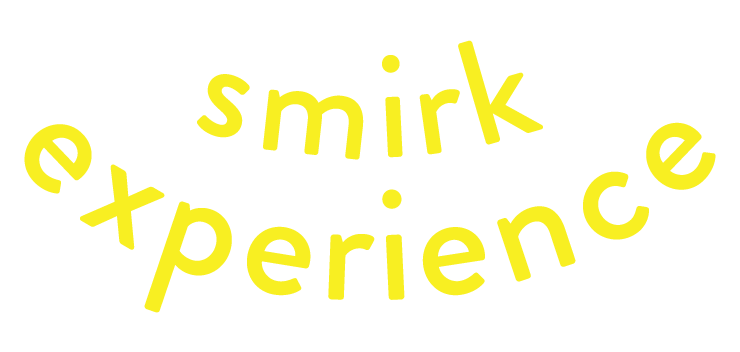
As Covid restrictions are (hopefully) ending soon, a handy job might be to review your sales deck or a forthcoming speech. There’s a lot you can learn from comics in this regard.
It’s been a pretty average week all round for me. I’ve been trying to buy a car, but I don’t know about cars. I was walking down a street and a guy was getting out of a car that had a sign in the window that said ‘FOR SALE. SEVEN BILLION, 946 MILLION, 813 THOUSAND, 478 POUNDS.’ I said ‘Woah- that’s a bit expensive for a Golf isn’t it?’ He said, ‘That’s my phone number, you fool.’
That might not be the funniest joke you’ve ever heard, but it featured in a BBC Radio ad for a national comedy competition that I featured in, (so in its defence it’s probably more successful than anything you’ve written.) At Smirk Experience we run workshops on the transferrable skills between business and comedy, I shall use the above joke to illustrate a few techniques that comedians use to craft their jokes that you can use in a business environment.
- Brevity
Read it again- you’ll notice there isn’t a single detail that isn’t relevant for the joke. We first establish the narrator is trying to buy a car, then that this is taking place on a street, not a car dealership where the price is written on the windscreen, but a private sale and so on.
Professional comics use the absolute minimum of words necessary to get across all they need for the joke and not a single one more. Amateurs joke tellers (to my continual, silent annoyance) often include detail that adds nothing and indeed takes away from the effect of the punchline. The above could read ‘I was walking down the street. I thought it was going to rain, so I had an umbrella with me, but it actually brightened up a bit later’ -it doesn’t for one simple reason- the joke doesn’t need it.
The same is true of speakers, especially when they’re nervous. Go through every line and every slide of your speech or deck and ask yourself ‘Does this have to be there?’ If not then be ruthless.
- Narrative arch
The art of any narrative, as I learnt it when reading Literature at Swansea University, is as follows; at the start the narrator is in receipt of all of the information and his or her audience has none. The clever part is the order the information is relayed to create the maximum effect. The film Seven didn’t start with Gwyneth Paltrow’s funeral did it?
The (slightly flimsy) set up of this joke relies on the audience sharing the narrator’s instinct that Volkswagen Golf’s rarely retail for nearly eight billion pounds. If the set-up said ‘it had a sign that said FOR SALE 07946 813 478’ then it’d obviously die as the whole joke is ruined.
Again- think about the arch you want to take your audience on in what you’re saying and what you say to take them on the journey. Don’t get to the punchline until you want to. Which neatly brings me to point number three.
- The punchline
Back to the joke- the humour comes when the audience has the rug ripped from under them. It works when people following the narrator in his assessment of the price of the car until they realise it was never the price of the car but the vendor’s mobile number. Lots of comedy comes from this, known in the trade as the ‘pullback and reveal’ whereby an important piece of information is withheld until the end of the joke (this obviously goes back to the above point about narrative archs.) The quicker joke teller gets out after this the funnier it is. Imagine the joke ended like this ‘That’s my phone number not the price. Who the hell has that sort of money? Especially for a car like this.’ It’s not as funny, because the punchline is lost in unnecessary narrative.
When you’re presenting go through each part and ask yourself ‘what am I REALLY saying here? What’s the message?’ and get out on it. If you’re discussing costly admin methods don’t end on nothing, end by saying ‘which costs us money’ and move on or end.
All decent joke tellers use the above rules to be funny and all of them will help any presentation or speech you’ll give. Get the deck out and go over it and you’ll reap the rewards.
Get in touch

